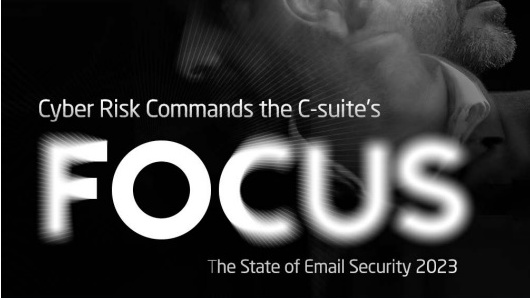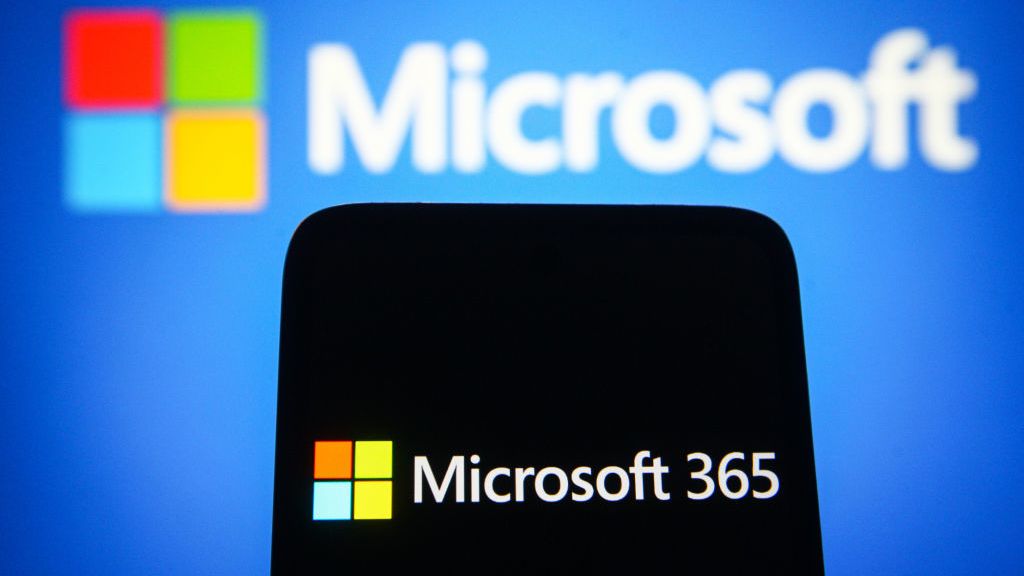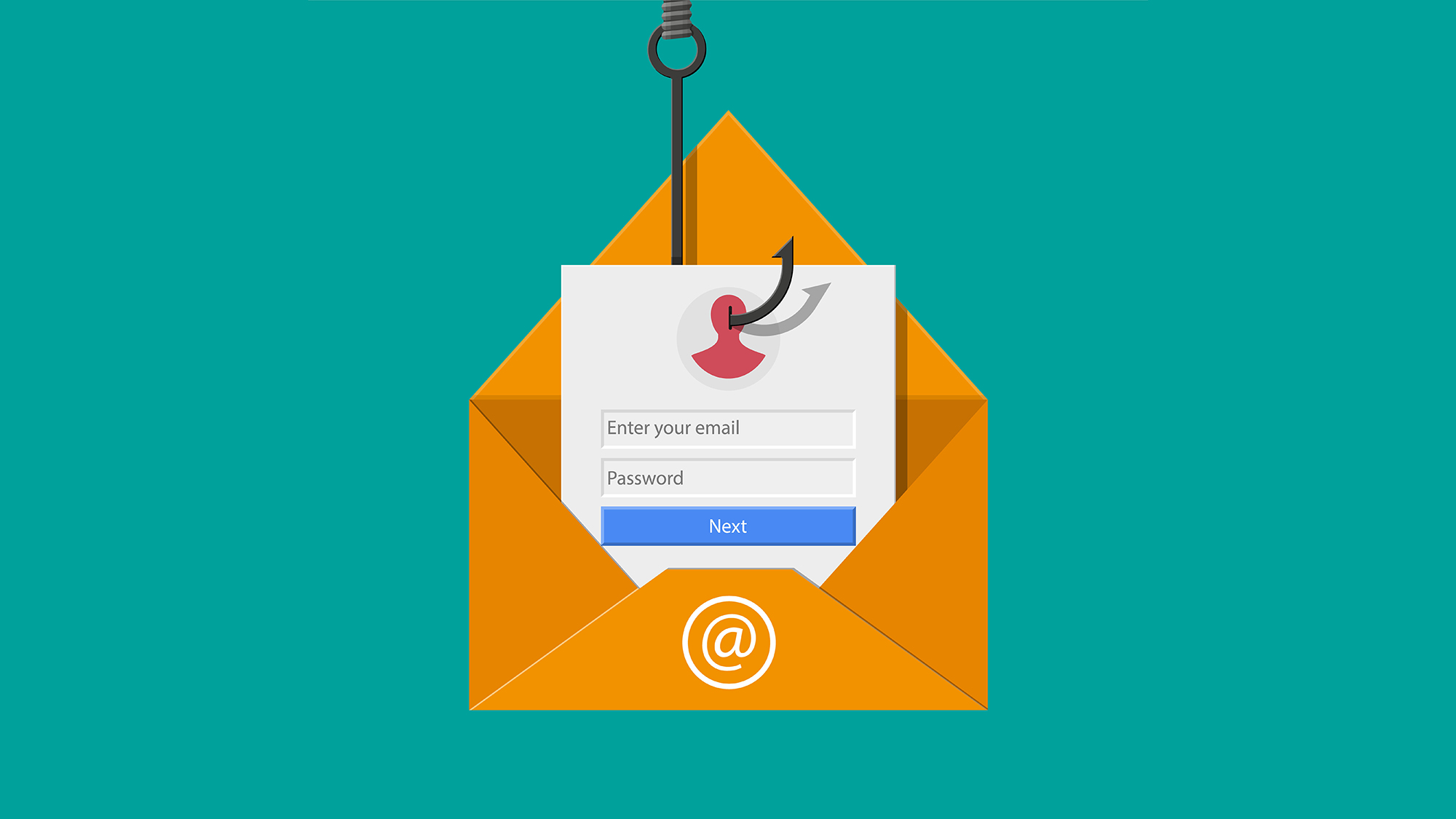Hackers use SquirrelWaffle malware to hack Exchange servers in new campaign
Researchers discovered malicious emails being sent as replies to existing email chains


Hackers are using ProxyShell and ProxyLogon exploits to break into Microsoft Exchange servers in a new campaign to infect systems with malware, bypassing security measures by replying to pre-existing email chains.
Security researchers at Trend Micro said investigations into several intrusions related to Squirrelwaffle led to a deeper examination into the initial access of these attacks, according to a blog post.
Researchers said that Squirrelwaffle first emerged as a new loader spreading through spam campaigns in September. The malware is known for sending its malicious emails as replies to pre-existing email chains.
The intrusions observed by researchers originated from on-premise Microsoft Exchange Servers that appeared to be vulnerable to ProxyLogon and ProxyShell. According to researchers, there was evidence of the exploits on the vulnerabilities CVE-2021-26855, CVE-2021-34473, and CVE-2021-34523 in the IIS Logs on three of the Exchange servers that were compromised in different intrusions.
“The same CVEs were used in ProxyLogon (CVE-2021-26855) and ProxyShell (CVE-2021-34473 and CVE-2021-34523) intrusions. Microsoft released a patch for ProxyLogon in March; those who have applied the May or July updates are protected from ProxyShell vulnerabilities,” said researchers.
In one case, all the internal users in the affected network received spam emails sent as legitimate replies to existing email threads.
“All of the observed emails were written in English for this spam campaign in the Middle East. While other languages were used in different regions, most were written in English. More notably, true account names from the victim’s domain were used as sender and recipient, which raises the chance that a recipient will click the link and open the malicious Microsoft Excel spreadsheets,” they said.
Get the ITPro daily newsletter
Sign up today and you will receive a free copy of our Future Focus 2025 report - the leading guidance on AI, cybersecurity and other IT challenges as per 700+ senior executives
In the same intrusion, researchers analyzed the email headers for the received malicious emails and found that the mail path was internal, indicating that the emails did not originate from an external sender, open mail relay, or any message transfer agent (MTA).
“Delivering the malicious spam using this technique to reach all the internal domain users will decrease the possibility of detecting or stopping the attack, as the mail getaways will not be able to filter or quarantine any of these internal emails,” they added.
RELATED RESOURCE

The secure cloud configuration imperative
The central role of cloud security posture management
Researchers said that the hackers also did not drop or use tools for lateral movement after gaining access to the vulnerable Exchange servers in order to avoid detection. Additionally, no malware was executed on the Exchange servers to avoid triggering alerts before the malicious email could be spread across the environment.
According to researchers, the recent Squirrelwaffle campaigns should make users wary of the different tactics used to mask malicious emails and files.
“Emails that come from trusted contacts may not be enough of an indicator that whatever link or file included in the email is safe,” they warned.
Rene Millman is a freelance writer and broadcaster who covers cybersecurity, AI, IoT, and the cloud. He also works as a contributing analyst at GigaOm and has previously worked as an analyst for Gartner covering the infrastructure market. He has made numerous television appearances to give his views and expertise on technology trends and companies that affect and shape our lives. You can follow Rene Millman on Twitter.
-
 Busting nine myths about file-based threats
Busting nine myths about file-based threatsWhitepaper Distinguish the difference between fact and fiction when it comes to preventing file-based threats
By ITPro
-
 The state of email security 2023
The state of email security 2023Whitepaper Cyber risk commands the C-Suite's focus
By ITPro
-
 Microsoft 365 business users targeted with new DocuSign phishing scam
Microsoft 365 business users targeted with new DocuSign phishing scamNews Threat actors are using fake login forms to trick users into changing their payment details
By Daniel Todd
-
 Blockchain-based Gmail plugin lets users keep control over email attachments after they're sent
Blockchain-based Gmail plugin lets users keep control over email attachments after they're sentNews Document GPS email extension for Google Workspace considered world's first Gmail tokenization tool
By Daniel Todd
-
 Almost a quarter of all spam emails were sent from Russia in 2021
Almost a quarter of all spam emails were sent from Russia in 2021News Last year's spam emails mostly centred around money and investment, Bond and Spider-Man movie premieres, and the pandemic
By Sabina Weston
-
 Education and government most at risk from email threats
Education and government most at risk from email threatsNews New report finds phishing remains most dominant threat to IT security
By Rene Millman
-
 Cloudflare enters the email security business
Cloudflare enters the email security businessNews New email routing and DNS Wizard capabilities make email management a breeze
By Praharsha Anand
-
 What is DMARC and how can it improve your email security?
What is DMARC and how can it improve your email security?In-depth Protect your customers and brand rep with this email authentication protocol for domain spoofing
By Gabriella Buckner

